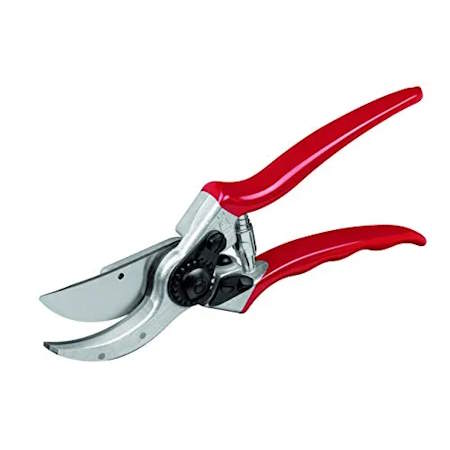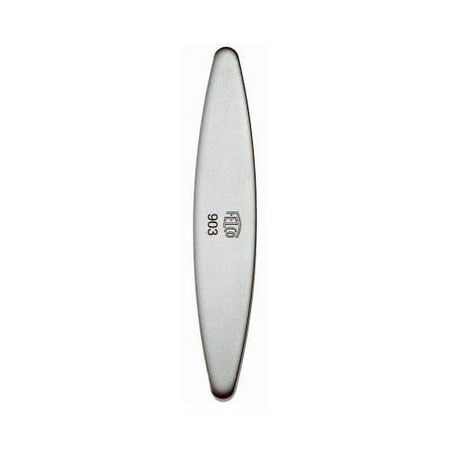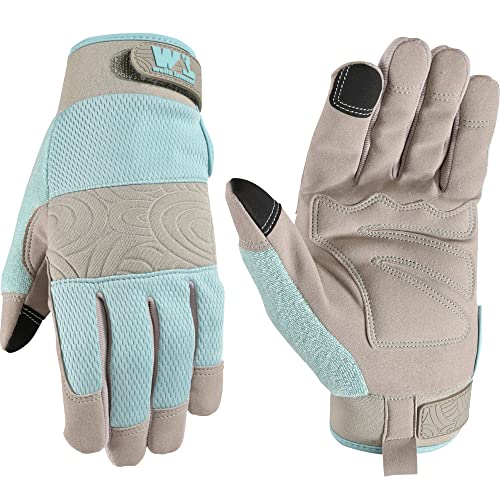10 of the best plants for clay soil – experts recommend the flowers, shrubs and trees that can thrive in challenging conditions
Discover what varieties to grow if you want the best plants for clay soil
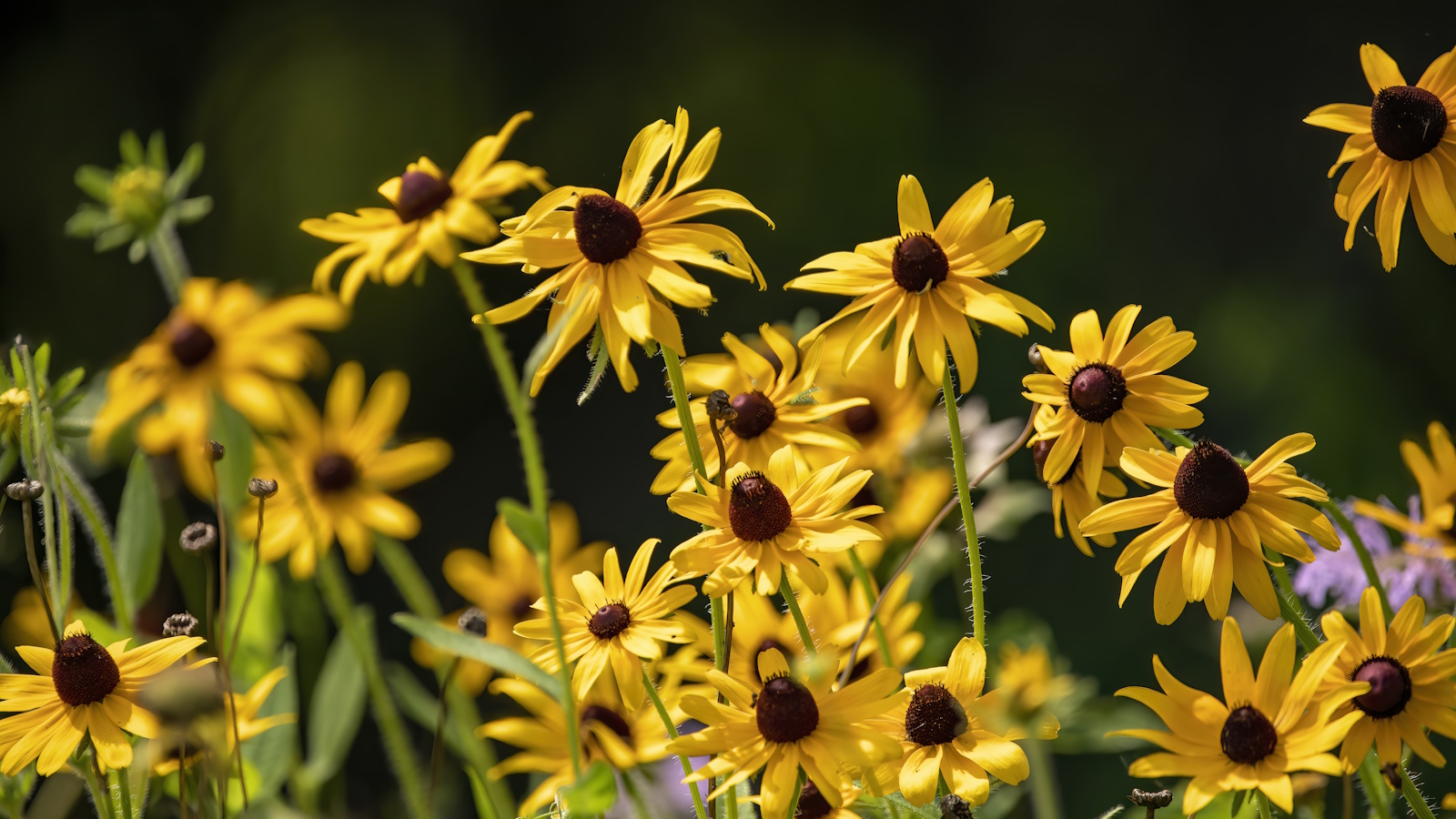
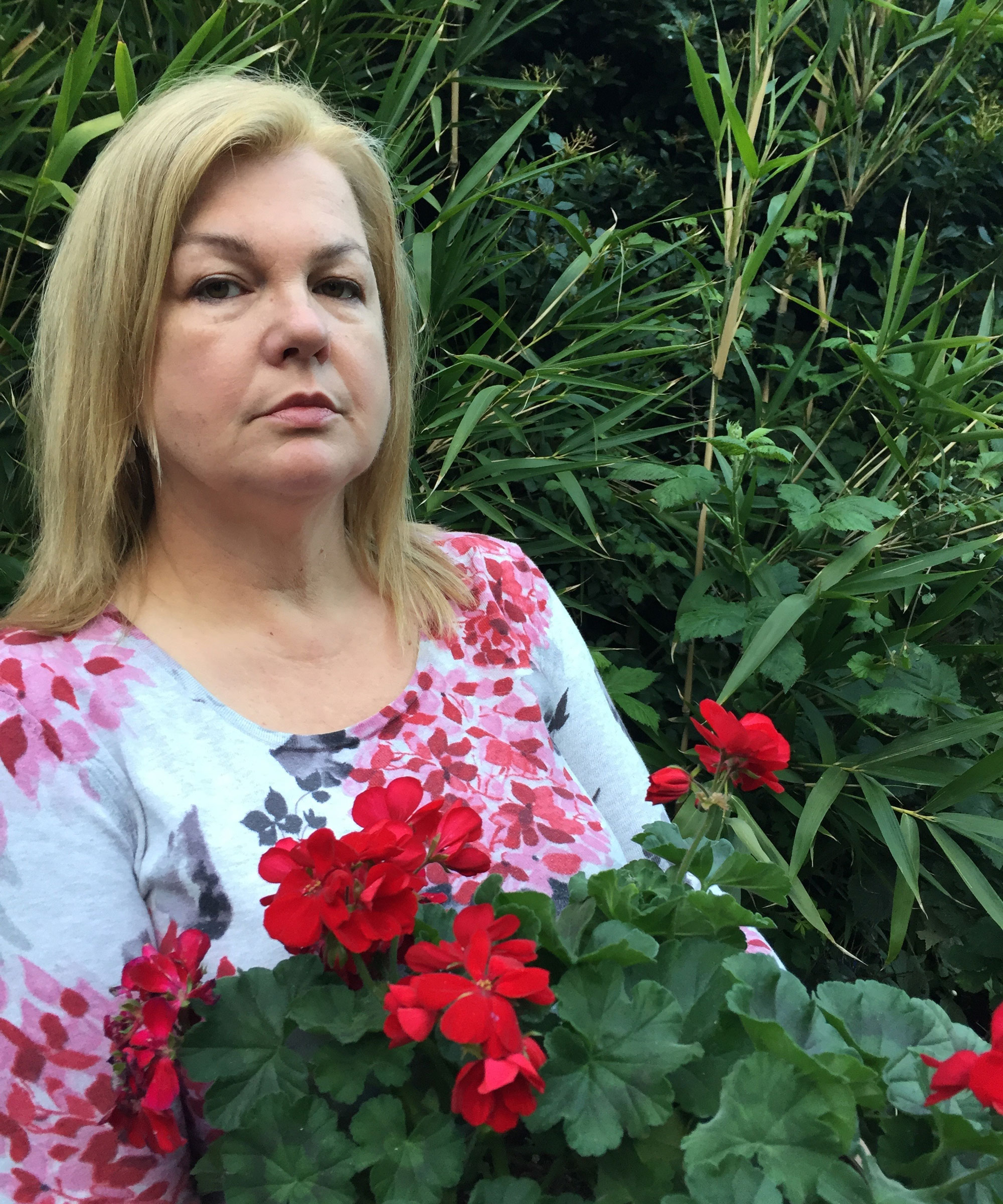
If your garden has heavy clay soil, you'll know what hard work it can be when it comes to digging and planting. This type of soil has a habit of becoming rock hard in summer when it dries out and becomes compacted, sticky and unworkable during the colder months.
These are conditions where plants can struggle to thrive. Clay soil does have its advantages, though, and there are many positives if it's managed with care. It's good to know that there are many plants that will thrive in this type of soil, especially if you take measures to improve the soil texture.
If you're not sure if you have clay soil but suspect it might be the case, it's a good idea to find out more about soil types, as knowing what you're working with is key to gardening success. Once confirmed, you'll need to find out the best plants for clay soil to make sure you choose the right ones.
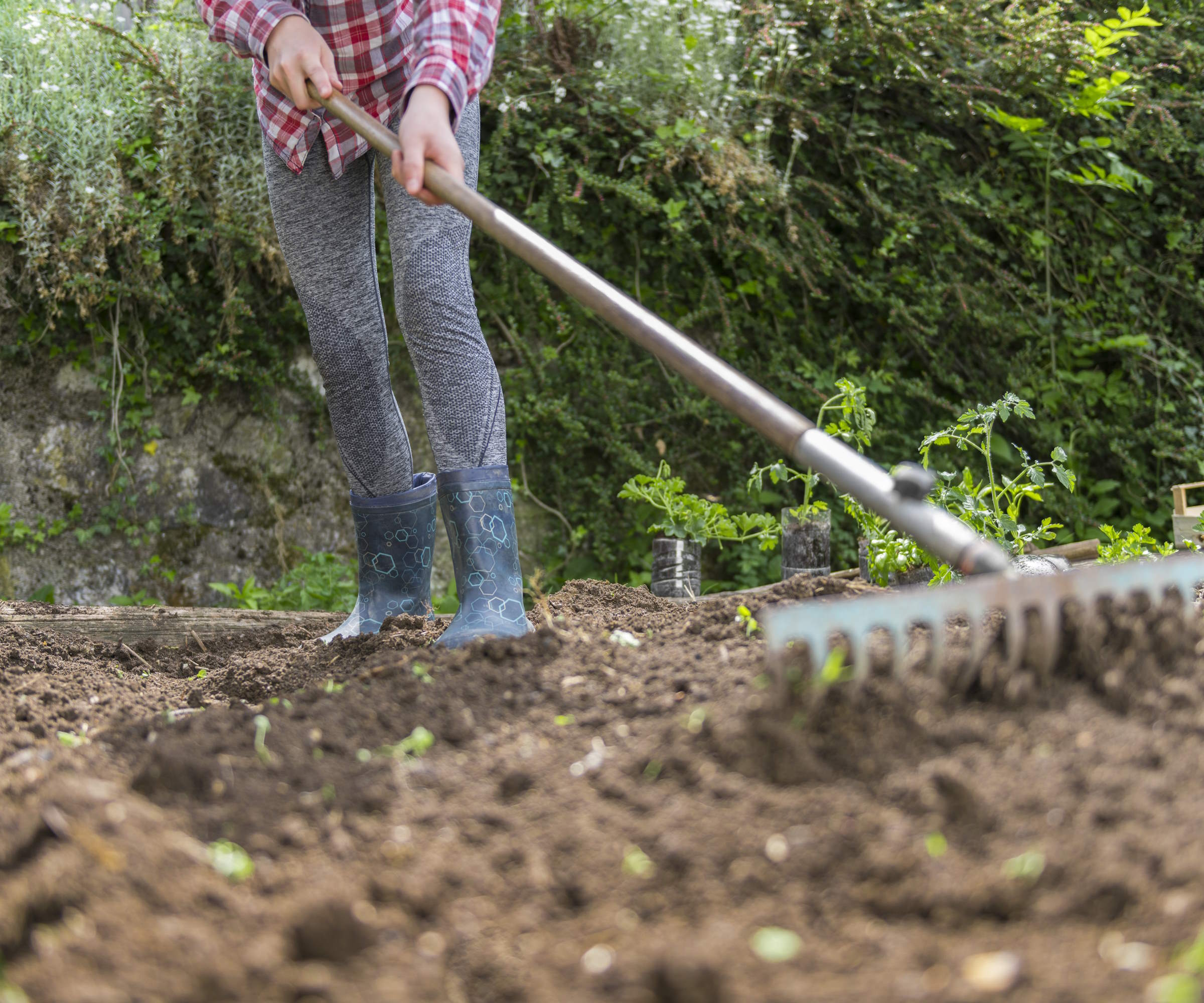
10 of the best plants for clay soil
The good news is that clay soil is rich in nutrients and will happily accommodate a range of plants, especially if you improve the texture by digging in organic matter such as manure. Mulching the surface of the soil will also help improve its texture.
'Clay drains less easily than other soils and can lie wet for long periods,' explains landscape designer and soil expert Juliet Sargeant, whose new book Start with Soil is available at Amazon.
'Even if the surface appears dry, the subsoil underneath may still be wet, particularly in spring, so beware of working the soil too soon after a cold, wet winter. Clay is easily compacted and in summer it can bake hard, often too hard to work.'
Once you have improved the soil health, water should drain away more easily and prevent the area around your plant from becoming waterlogged.
Here is our expert selection of the best plants for clay soil to make the task of choosing easier.
1. Magnolia 'Genie'
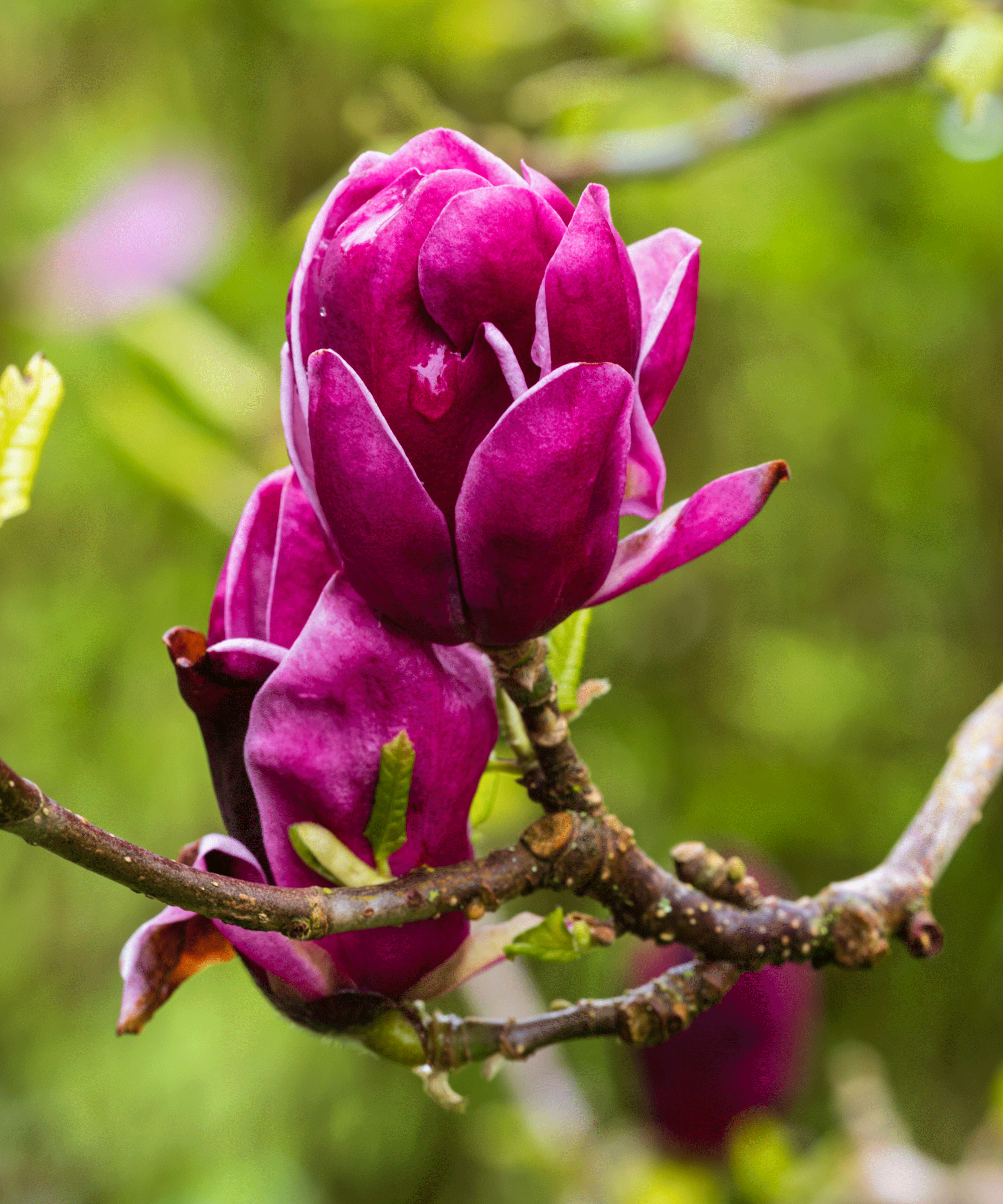
'This is a beautiful upright magnolia for a small garden,' says Juliet Sargeant. 'Deep pink-purple goblet flowers emerge in late spring from furry buds on bare stems.
'Magnolias are woodland shrubs and trees which thrive on clay soil as long as it's not too dry in summer.'
Cold and heat tolerant in USDA growing zones 5-9, with a mature height of 10 feet and mature spread of 5 feet, this variety thrives in full sun. The columnar habit means it's one of the best magnolia trees for a small garden.
After the first flush of flowers has faded, the glossy foliage means it looks amazing all season long. Keep an eye out for recurrent blooms throughout midsummer.
Find Magnolia 'Genie' at Nature Hills.
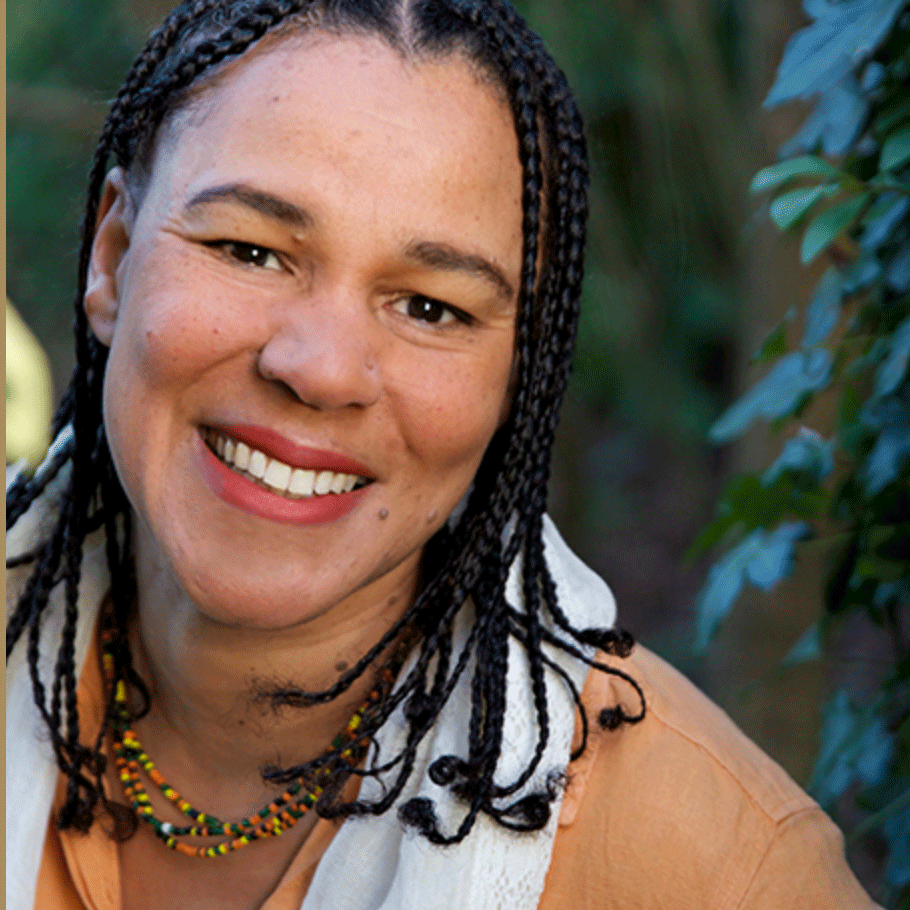
Juliet Sargeant has a BA (Hons) in Garden Design and is a Registered Fellow of the Society of Garden Designers. She is director of The Sussex Garden School, acts as an RHS show garden judge, and is a familiar face on television gardening programmes in the UK.
2. Black-eyed Susan

With its large, daisy-like yellow flowers, black-eyed Susan is a reliable native perennial or annual (depending on your planting zone) that thrives in clay soil. A long-flowering variety, it will bloom from summer right through until the first frost.
'Black-eyed Susan (Rudbeckia) is a perennial that is tough, low-maintenance, and creates beautiful displays of bright yellow blooms all summer,' says landscape architect and horticulturalist Michael Clarke. 'It adds long-lasting color and thrives in less-than-perfect soil conditions like clay.'
Growing in US hardiness zones 3-8, black-eyed Susan thrives in full sun, adding drama and color to your landscape all summer and into fall until the first frost arrives. If you're interested in plants for pollinators, it's a must-have, too.
Black-eyed Susan plants are available from Amazon.

Michael Clarke is the founder of Yardwork and Pulled, the online platforms for everything home and garden. He has a degree in landscape architecture and horticulture from the University of California Davis. He was previously the founder of a landscape development and maintenance company.
3. Autumn sage
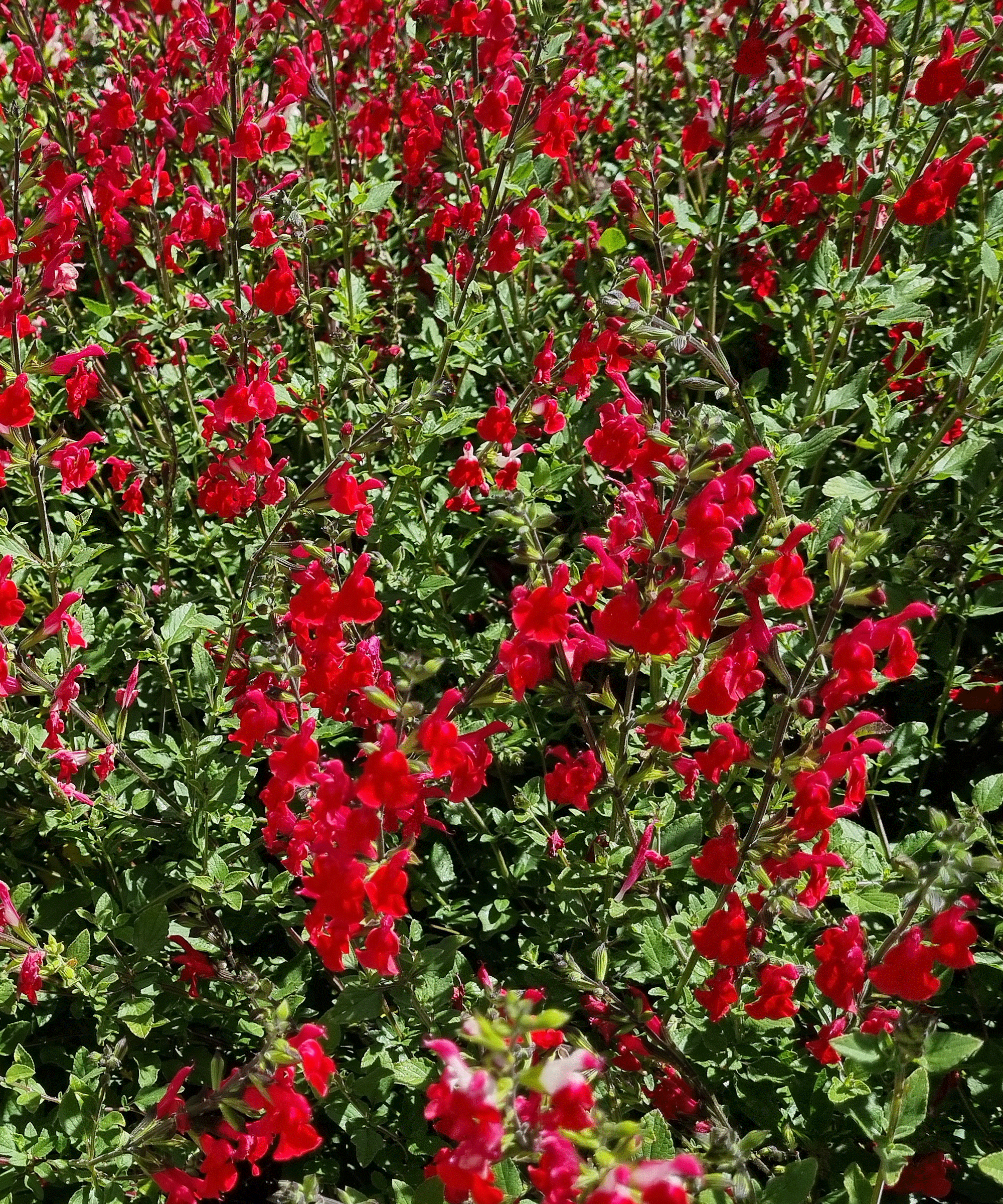
'Clay soils are almost always alkaline in pH and most (but not all) plants like slightly acidic soil,' explains plant expert Andrew Levi.
'So the first objective is to choose plants that either tolerate poor soil or prefer an alkaline pH. Clay soils are dense with tightly packed particles, which causes them to retain water. So plants that have low water requirements are not optimal for clay.'
There are tricks for dealing with both issues, adds Andrew, but there's another important factor to take into consideration.
'When recommending a plant, it's critical to factor in the climate and hardiness zone where it will be planted. I'm in Hardiness Zone 8B (Dallas, Texas), and my favorite full sun plant that likes clay is Autumn sage (Salvia greggii).
This lovely salvia flower grows up to 2-3 feet and has minty, aromatic leaves that are evergreen in warmer climates like Andrew's. The flowers last from spring to fall, and can be red, pink, purple, orange, or white.

Andrew Levi is the founder and CEO of PlantTAGG, Inc. based in Dallas, Texas. A mobile gardening platform designed to significantly improve the outcome of residential gardeners of all skill levels, PlantTAGG is built with cutting edge data science to take the guesswork out of gardening.
4. Amelanchier lamackii
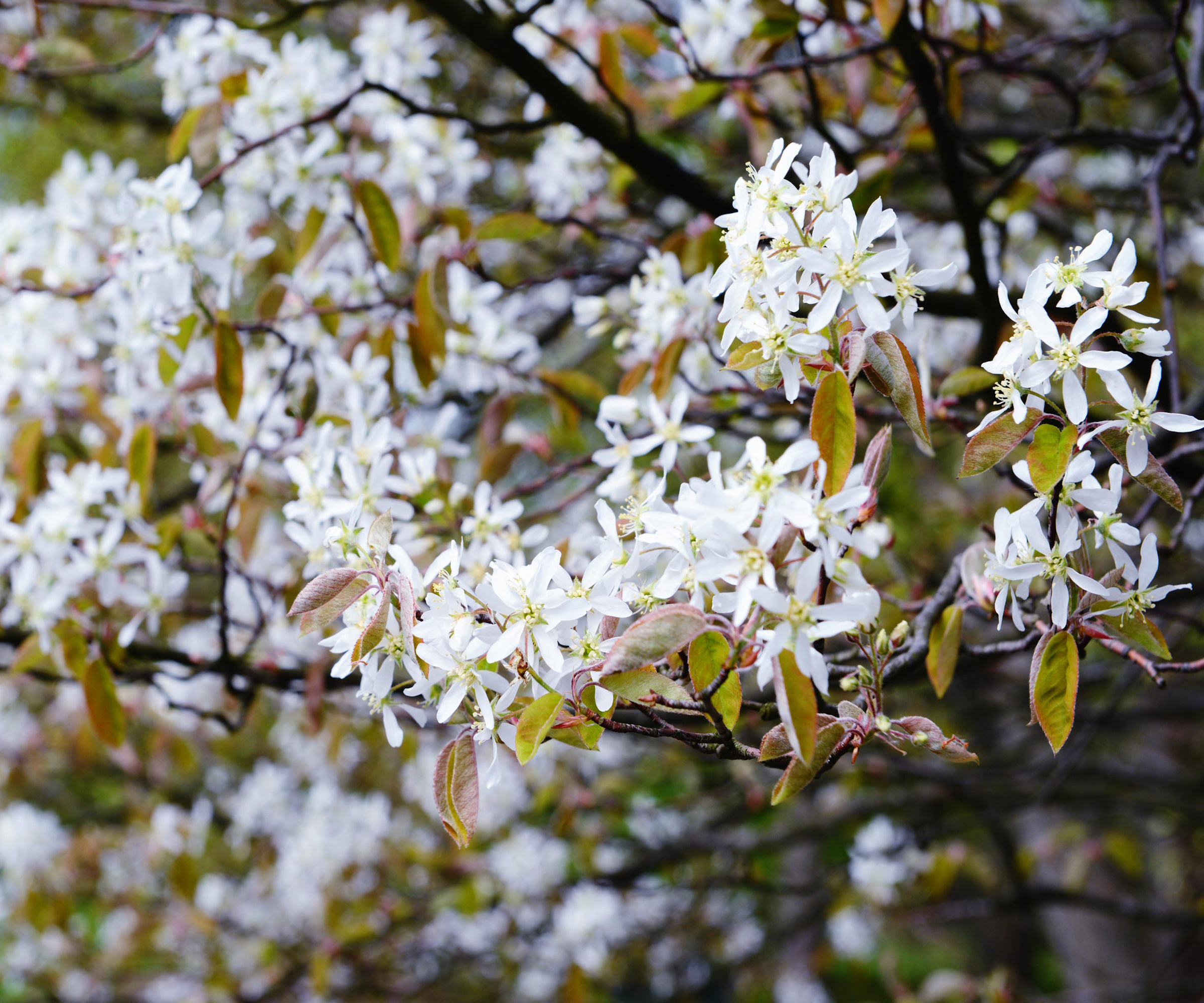
Amelanchier lamackii is one of the best trees for clay soils if you're looking for spring blossom (the flowers often appear before the tree begins to leaf out) or fall color (the red and orange leaves are a worthy competitor to Japanese maples).
It's also known as serviceberry, as well as Juneberry, because of its annual summer crop of edible berries.
'Lots of beautiful plants thrive in clay, but Amelanchier lamarckii is one of my absolute favorites, an all-time classic,' says landscape designer Michelle Brandon.
'This elegant small tree is happy in sun or semi-shade and works beautifully in pairs if you’re going for something symmetrical.'
With showy, slightly fragrant white flowers, this beautiful tree is guaranteed to add an elegant touch to your landscaping. They mostly grow no bigger than 15 to 20 feet tall, so they're a great choice for smaller yards.
Hardy in zone 3 to zone 9, this tree variety does well in both sun or partial shade, doesn't mind being planted in clay soil, and will appreciate a mulched bed. Butterflies and other beneficial pollinators will flock to the gorgeous blooms.
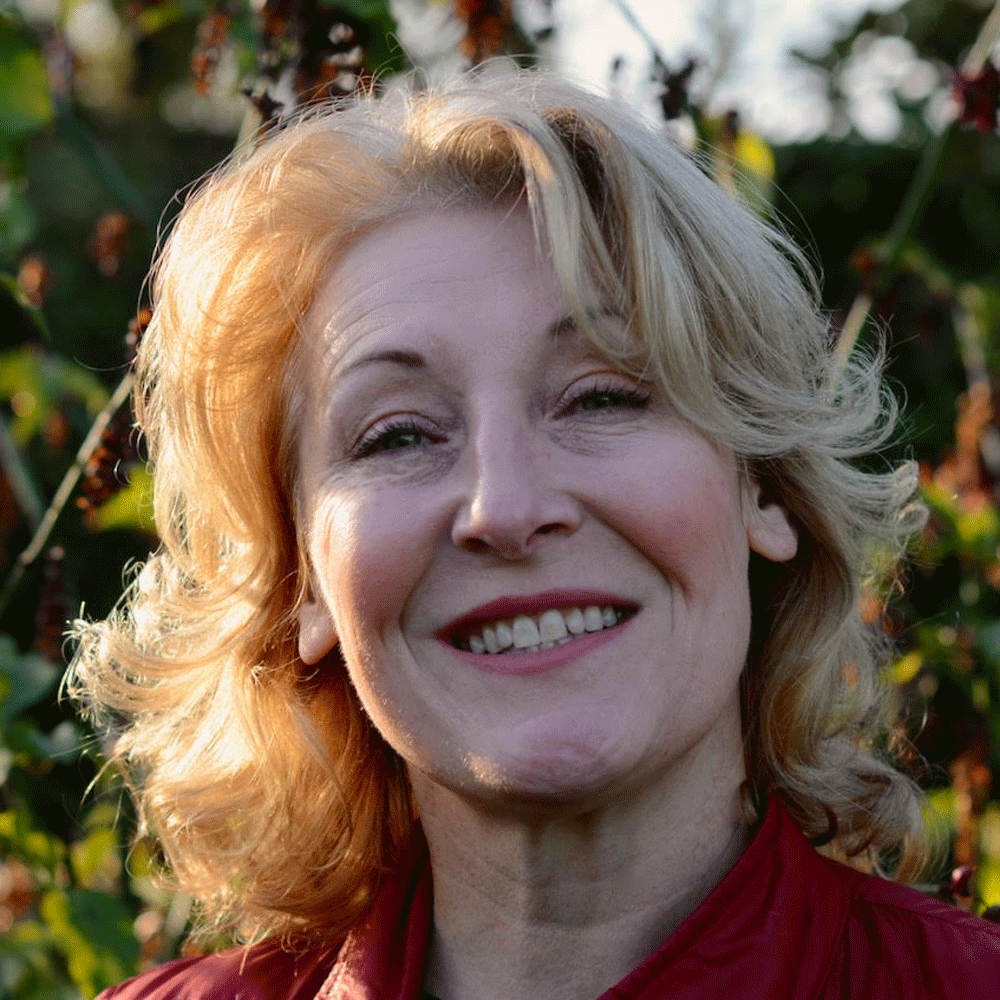
Michelle Brandon is an award-winning landscape designer and qualified horticultural therapist who is the director of the Garden Design Collective. A member of the Society of Garden and Landscape Designers, her medal-winning show garden at the RHS Hampton Court Flower Festival in 2019 showcased the benefits of nature for physical and mental health.
5. Buttonbush

'Buttonbush, also known as Cephalanthus occidentalis, is a shrub that thrives in clay and wet soils,' says Michael Clarke.
'It’s super pollinator-friendly, with unique spherical flowers that attract bees and butterflies. It's also one of the best plants for a rain garden, as well as for borders with poor drainage.'
Often found growing near rivers, buttonbush grows best in wet soil and will thrive in any damp areas of your garden. Resilient in all types of temperatures and conditions, and hardy in zones 5-11, buttonbush will be happy in both full or partial sun conditions.
Generally reaching up to 12 feet high and 12 feet wide, there are also dwarf varieties available that only reach around 4 to 6 feet.
6. Weigela
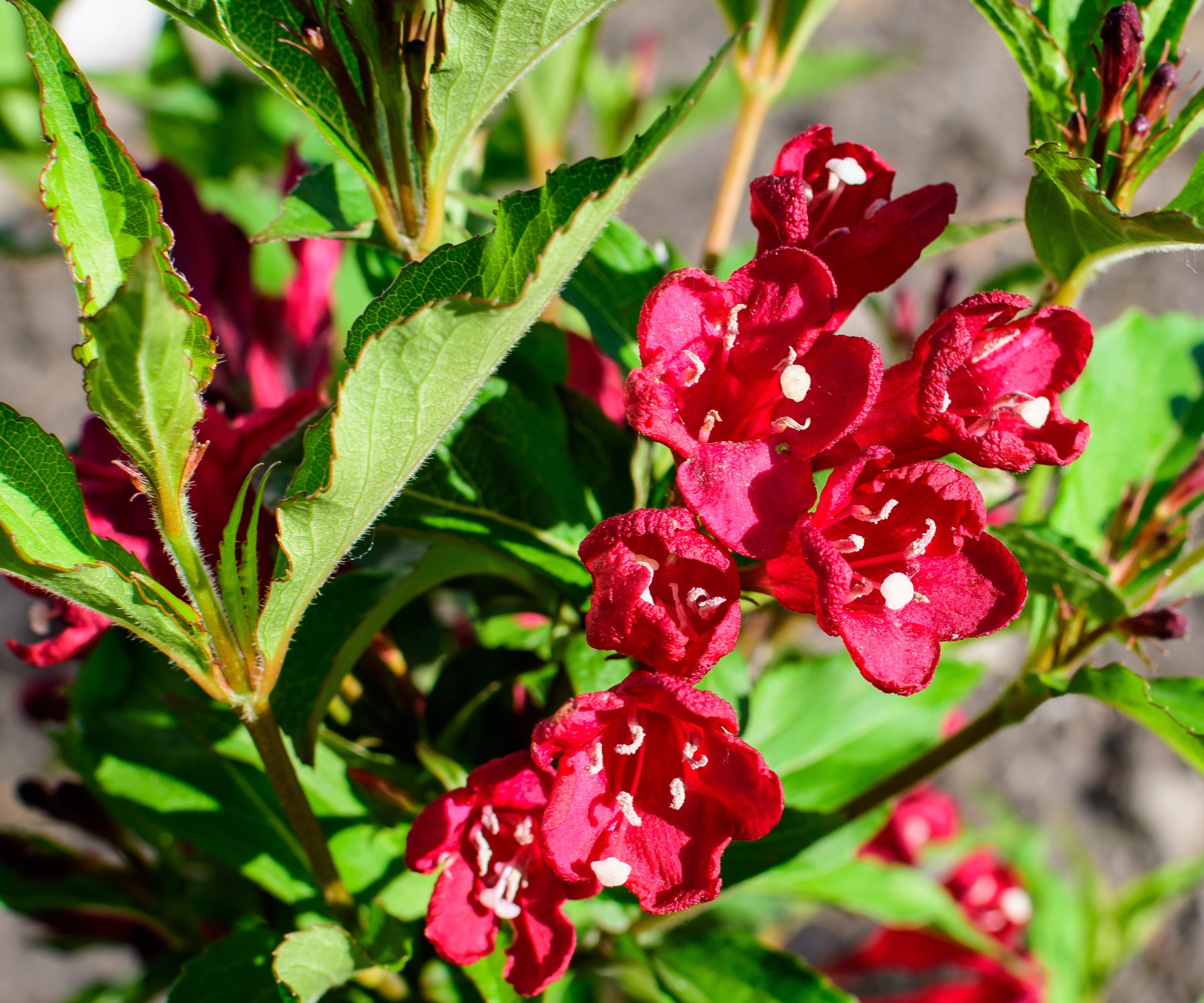
This gorgeous flowering shrub will fill your garden with masses of blooms in spring and summer, and the good news is that it's one of the best plants for clay soil.
Weigela is happy in zones 4-8 when planted in full sun, and while it will grow fast in enriched, well-drained soil, it will also adapt easily to clay conditions.
Many varieties, such as Weigela florida 'Red Prince', available at Nature Hills, and pictured here, offer a wonderful show of blooms not once but twice a year, first in spring and then again in late summer.
'Red Prince' can reach 4-6 feet in both height and width in optimal growing conditions.
7. Nannyberry Viburnum
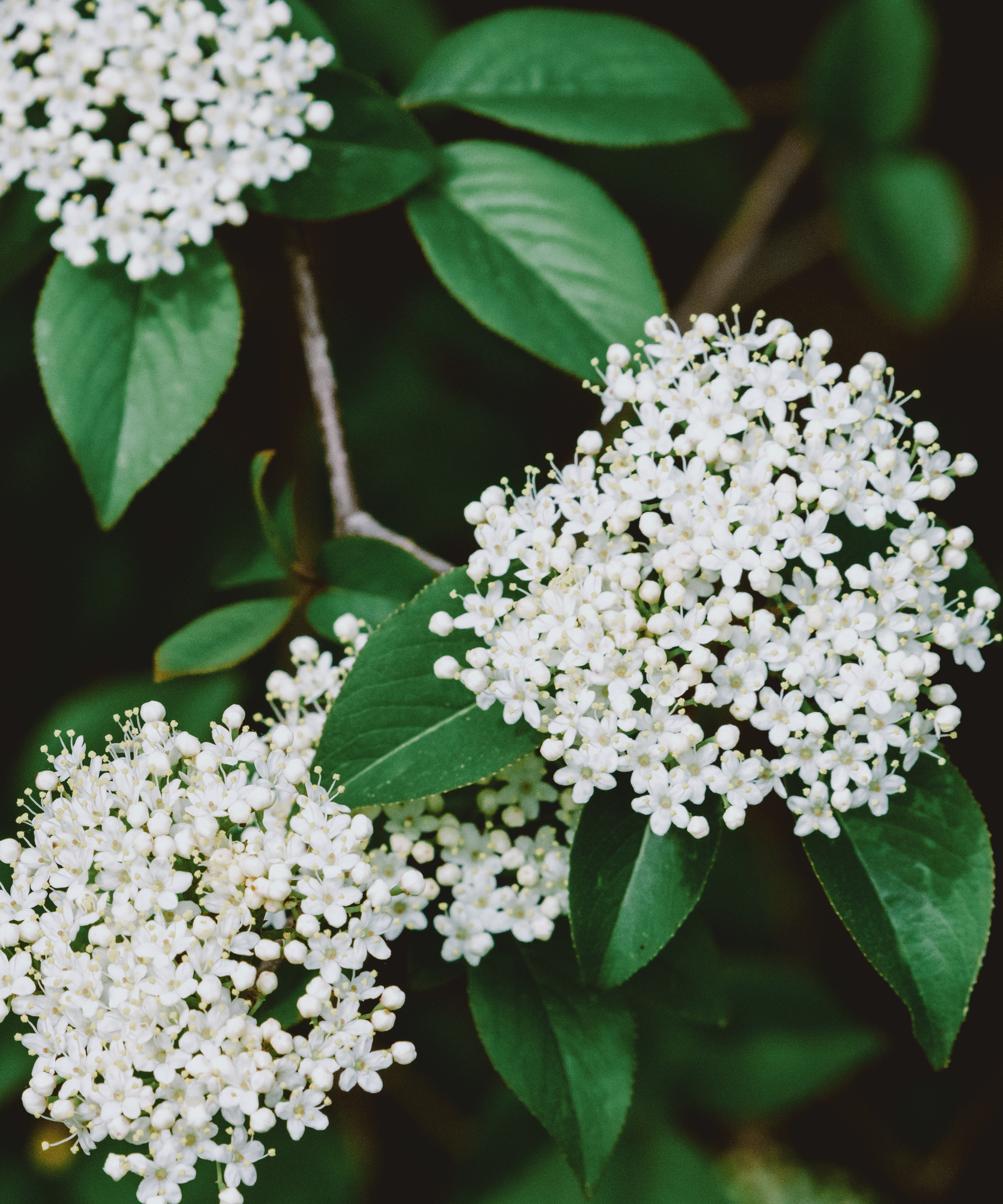
Another variety that can be grown as a single-stem small tree or allowed to spread its branches into a multi-stem shrub, the Nannyberry Viburnum (Viburnum lentago) is one of the best plants for clay soil if you're looking for a small ornamental tree or informal hedge option.
It offers multi-season interest too, with a profusion of pure white flowers in spring, verdant green summer foliage, and cherry red berries and bright foliage in shades of red, yellow and orange in fall.
Cold-hardy throughout USDA growing zones 2-8, these happy-go-lucky shrubs are fine in well-drained soil but cope well with clay too, especially if they're mulched.
8. Roses
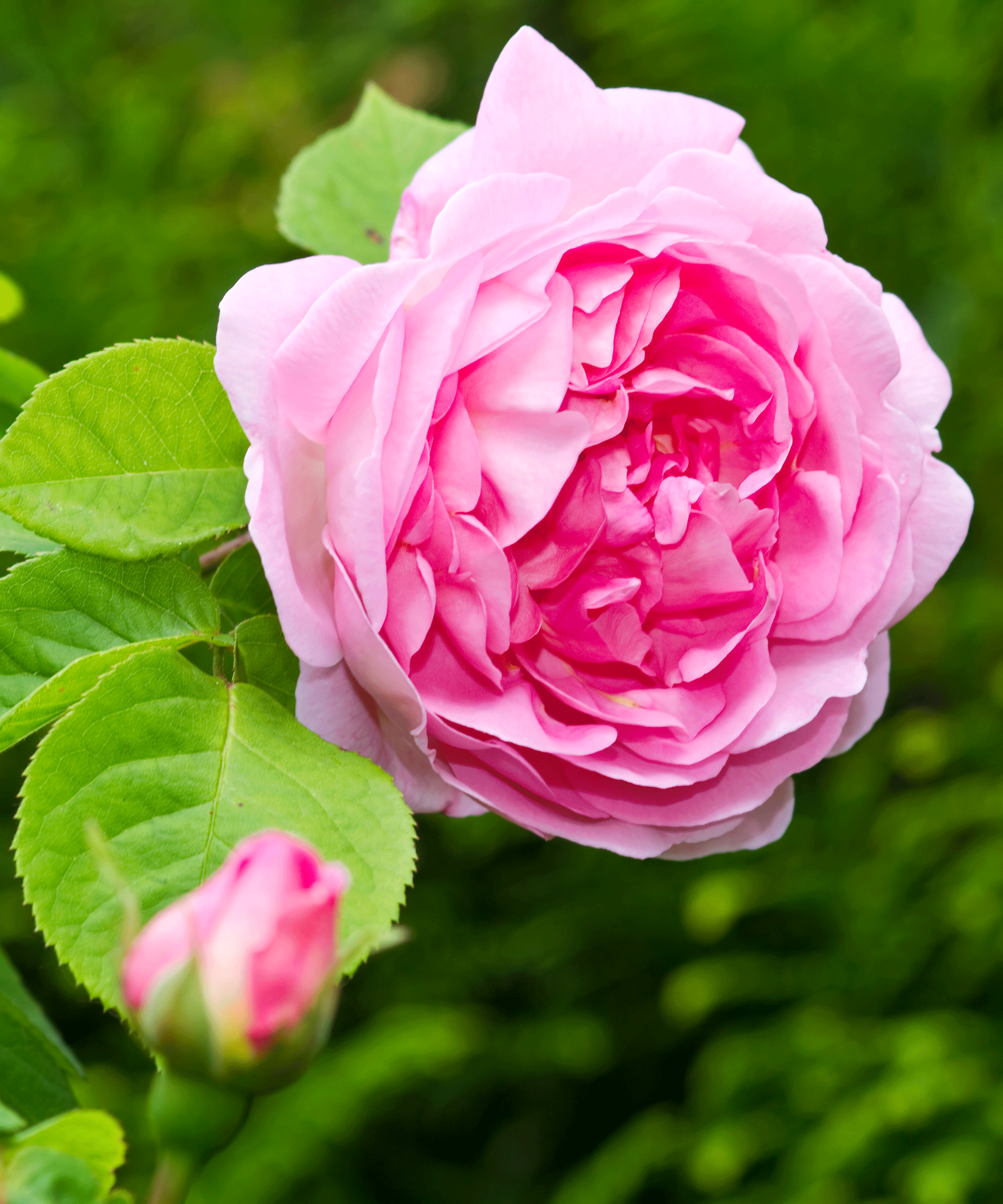
Roses thrive in clay soil, and there are many different types to choose from, including climbing, rambling and shrub roses. Clay soil contains a high level of nutrients and minerals that roses need to flower at their best.
As long as the soil has been improved with plenty of well-rotted organic matter such as compost or leaf mould, roses will do well.
If the clay soil is particularly heavy, it's a good idea to mulch roses annually to improve soil compaction and increase drainage so the roots don’t become waterlogged.
If you're looking for one of the best climbing roses, try 'Constance Spry' (pictured here), which has double, rose-pink blooms and a beguiling fragrance.
9. Hydrangea paniculata 'Floribunda'
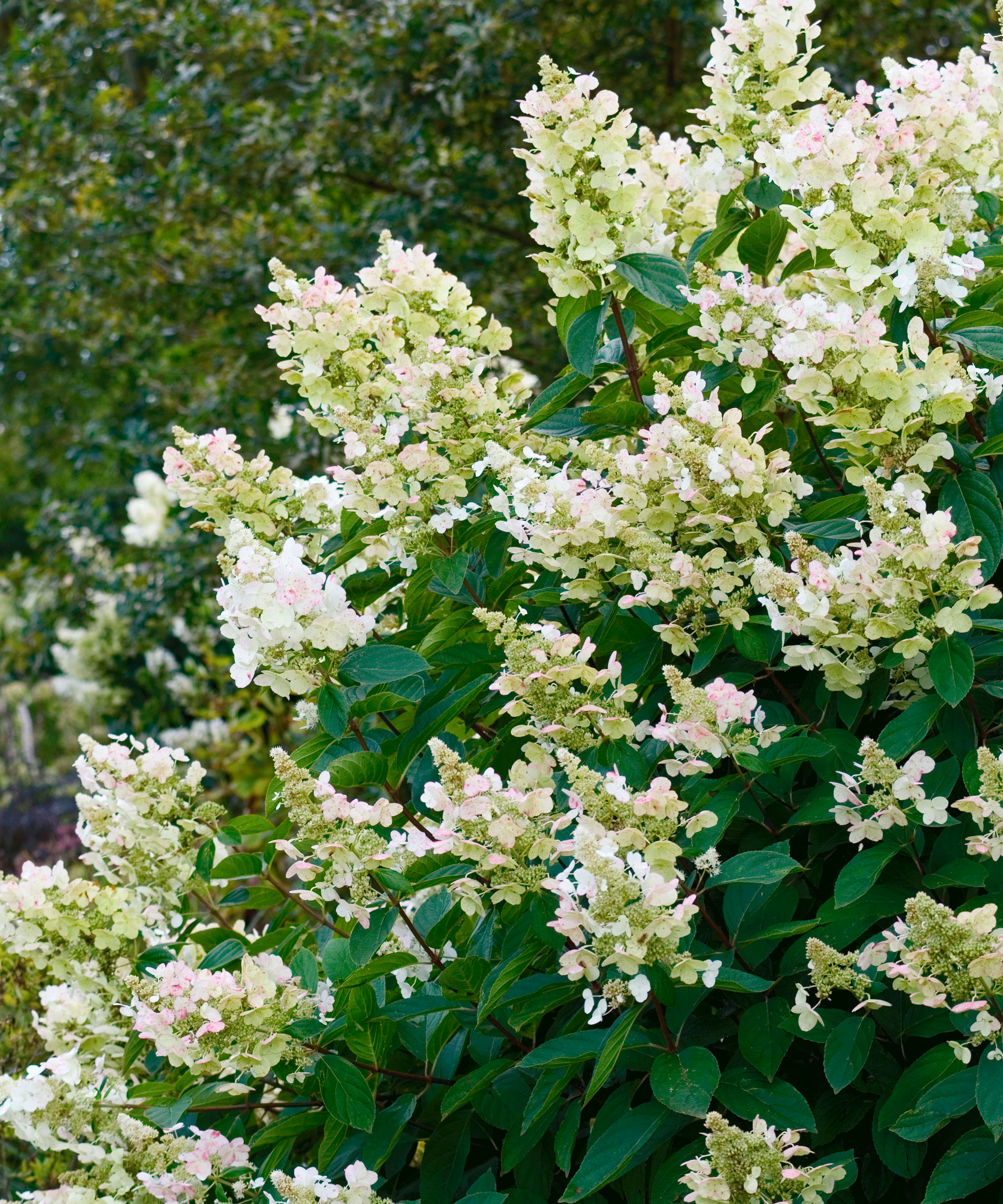
Another flowering shrub that does well in clay soil is hydrangeas. There are many varieties to choose from that will thrive in these conditions, but Hydrangea paniculata 'Floribunda' is a particularly good choice for clay soils.
In terms of how to grow hydrangeas, they thrive in fertile soil that hold a little bit of moisture. Like all hydrangeas, 'Floribunda' prefer a part-shady spot in the garden and a mulch of compost to get the best out of them.
The 'Floribunda' variety blooms all summer long and into fall if the conditions are right, doing best in USDA zones 4–8, and reach a mature size of up to 15 feet and up to 12 feet wide, but there are smaller cultivars available if you prefer, and you can even get dwarf ones.
10. Solidago rugosa 'Fireworks'
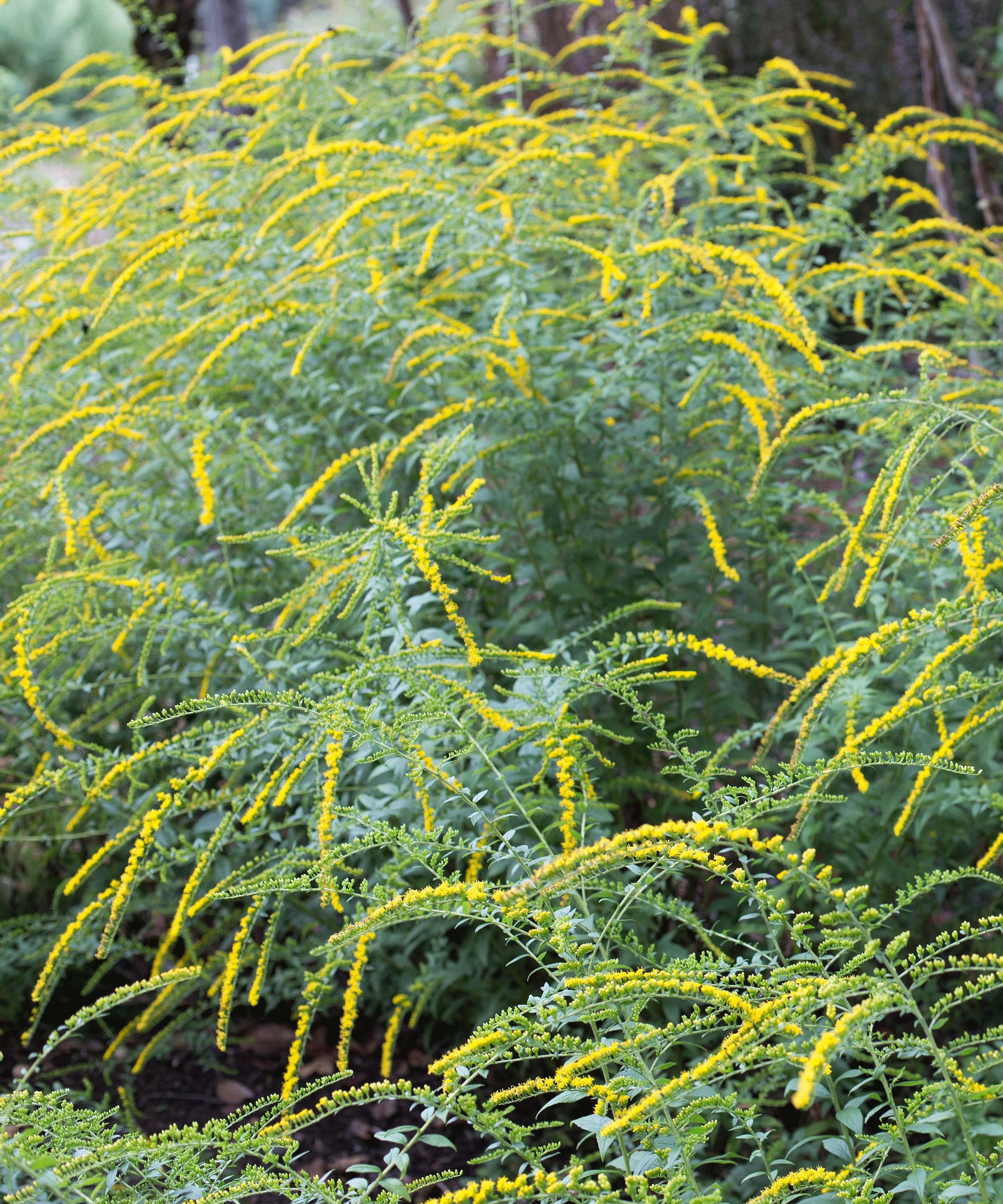
'This lovely variety of solidago (also known as 'Goldenrod') has sprays of bright yellow wands from July until September,' says Juliet Sargeant.
‘Naturalistic in style and loved by bees, many people don’t like solidago, but this one is more delicate and well-behaved than most.'
Thriving in zones 4-9 and liking a fully sun position, the 'Fireworks' variety reaches a mature height of 3-4 feet, with a mature spread of 2-3 feet. It's a showy, modern cultivar of a reliable native flowering perennial.
The branching clusters of bright yellow flowers explode into vibrant color. With a mounding, clump-forming habit, 'Fireworks' reliably provides end-of-season color in the fall perennial border.
Find Solidago rugosa 'Fireworks' at Nature Hills.
Keep an eye on your clay-based borders during winter. If you experience waterlogging for extended periods, this can spell problems for your yard. But there are fixes, including French drains, that can ease the problem.
Now that you know everything about the best plants for clay soil, find out how to improve garden soil for the best results, whatever your soil type.
Shop garden accessories
Sign up to the Homes & Gardens newsletter
Design expertise in your inbox – from inspiring decorating ideas and beautiful celebrity homes to practical gardening advice and shopping round-ups.
Lifestyle journalist Sarah Wilson writes about flowers, plants, garden design and gardening trends for Homes & Gardens. She has studied introductory garden and landscape design and floristry, and also has an RHS Level 2 qualification in the Principles of Plant Growth and Development. She is a regular contributor to Homes & Gardens and Livingetc. She has also written for Real Homes, Modern Gardens and Country Homes & Interiors magazines.
You must confirm your public display name before commenting
Please logout and then login again, you will then be prompted to enter your display name.
-
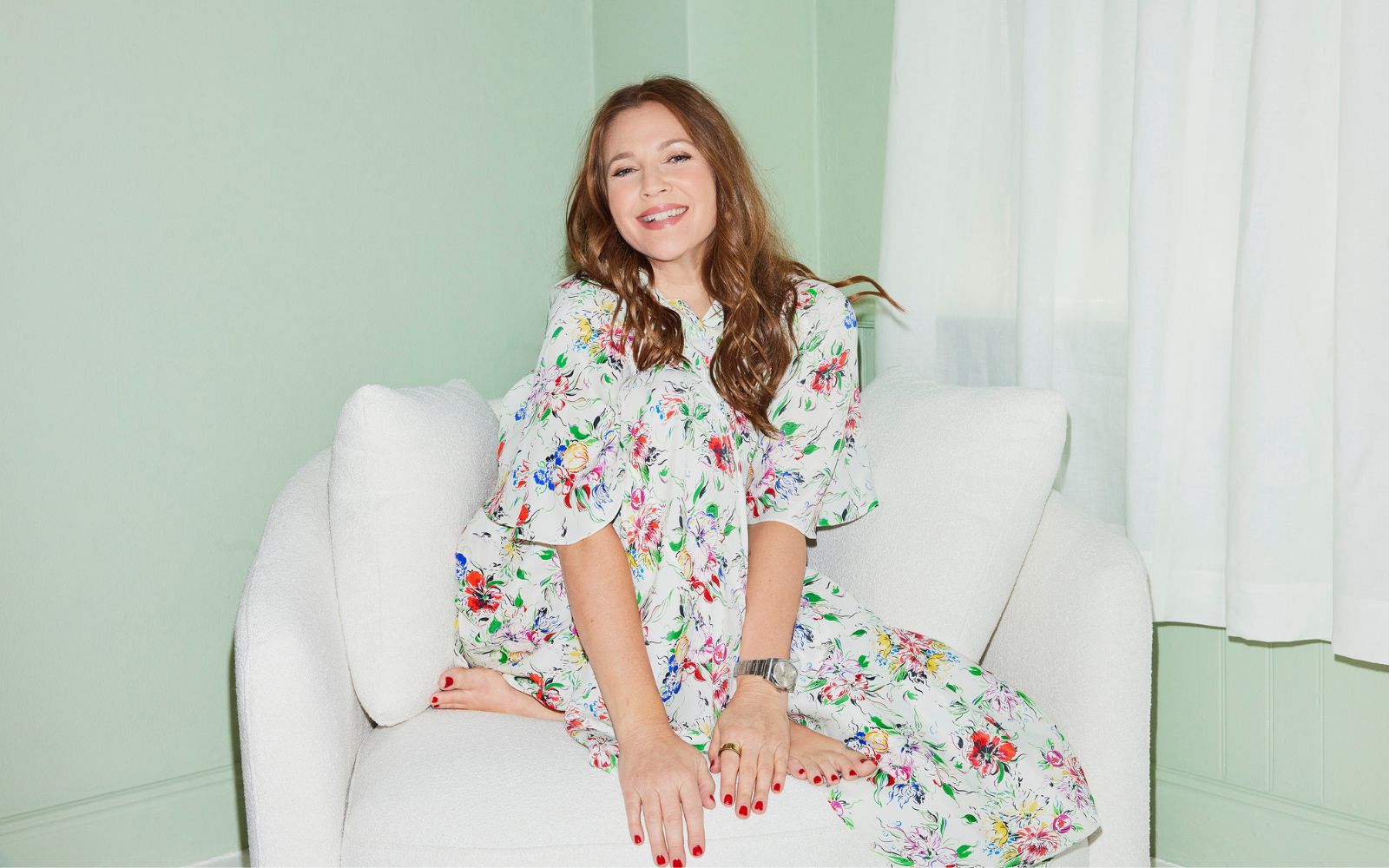 Drew Barrymore's striped sofa is her most elegant design to date – it oozes East Hampton elegance in time for summer 2025 (and is under $384)
Drew Barrymore's striped sofa is her most elegant design to date – it oozes East Hampton elegance in time for summer 2025 (and is under $384)This subtly striped linen sofa anchors any living room while feeling light and casual – it looks so much more expensive than its price tag
By Megan Slack
-
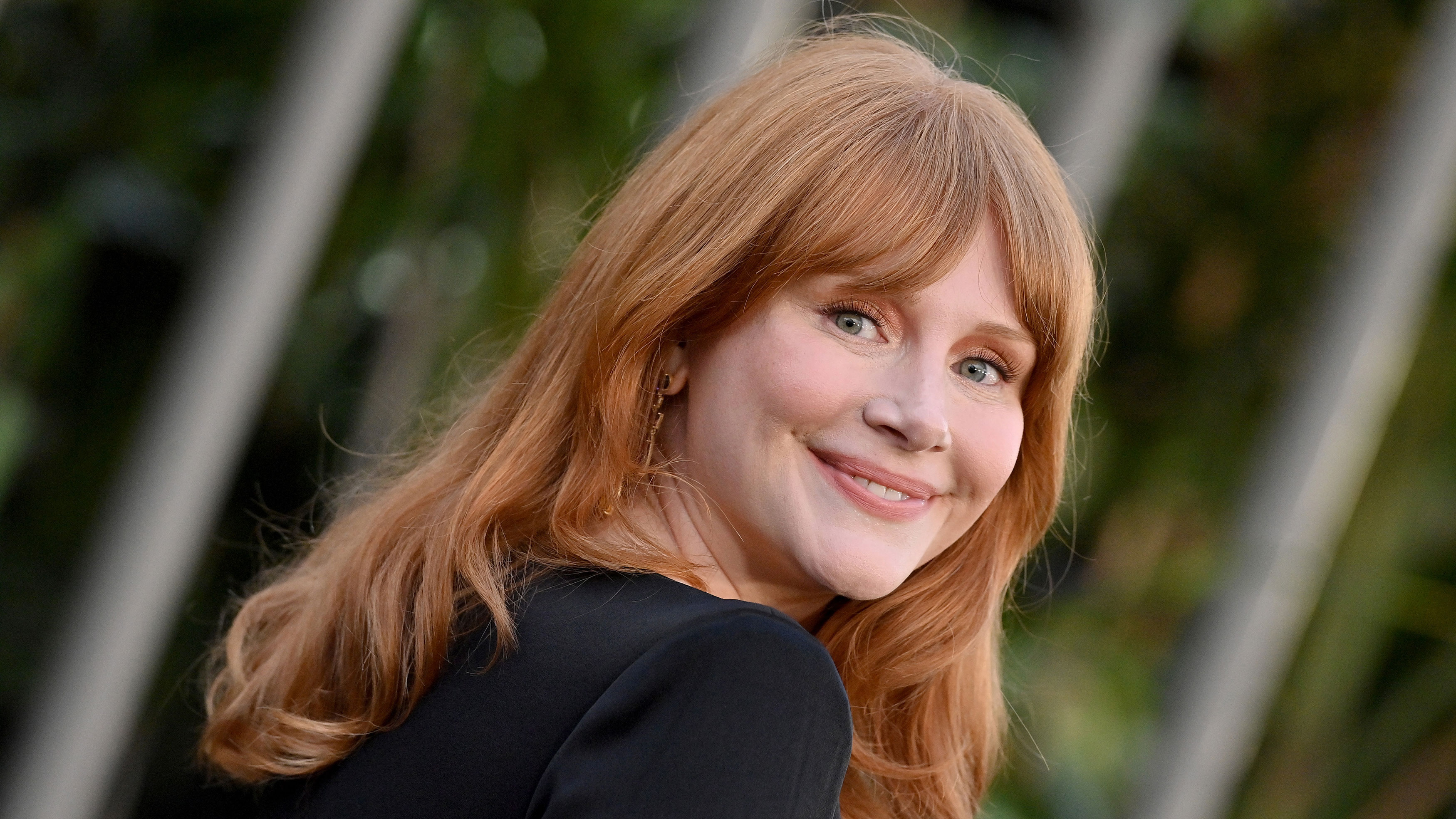 Bryce Dallas Howard's bedroom is the most creative, social space in her entire home – she uses 'conversational seating' to create a multifunctional 'salon'
Bryce Dallas Howard's bedroom is the most creative, social space in her entire home – she uses 'conversational seating' to create a multifunctional 'salon'The actress's bedroom doubles as a home office thanks to its clever layout and furnishings, proving that this area is much more than a sleep space
By Hannah Ziegler
